Report this entry
More from the same community-collection
Gus Momsen Family: Gus Jr, Rueben, Leo, Katie and Gus Sr.
This is a portrait of the Momsen family. Mr. Momsen established ...
The NoteBook of Nancy Lea - El Paso, Texas
Tom Lea's wife, Nancy Lea. Tom Lea commemorated her by ...
Study for the mural on the North Wall
Tom Lea, Study for the mural on the North Wall, West Texas room, ...
The Job Connection - El Paso, Texas
Provides short term and long term temporary employees based on ...
Logo for Community of Faith Christian School (CFCS)
Logo elements represent the Community of Faith Christian ...

















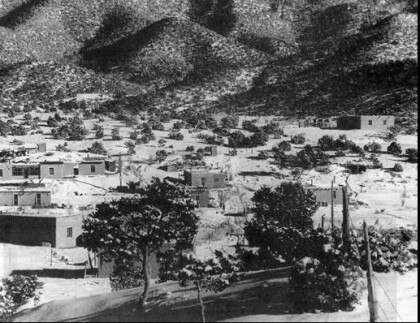
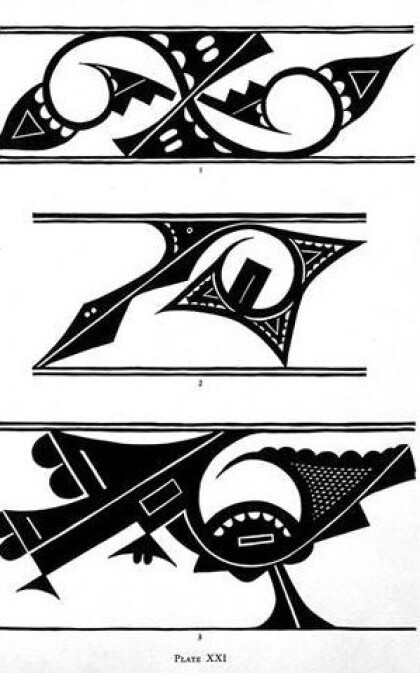

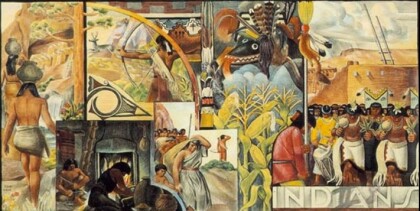
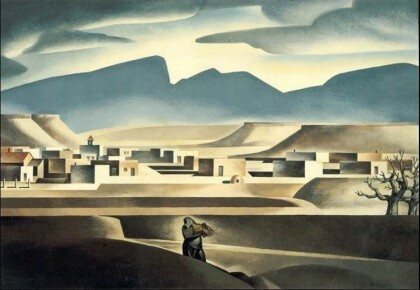

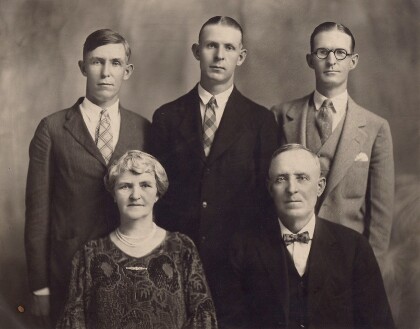
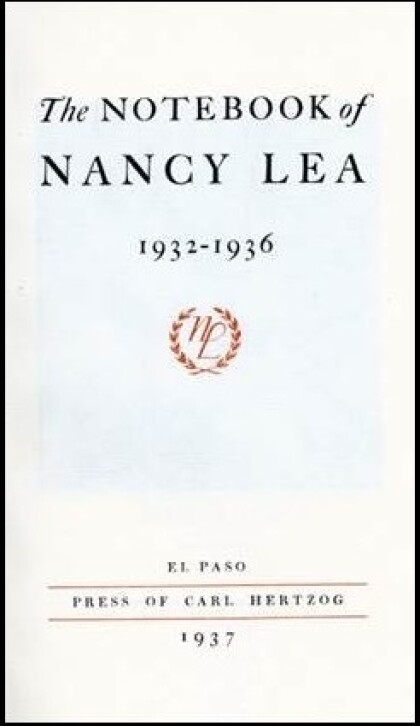
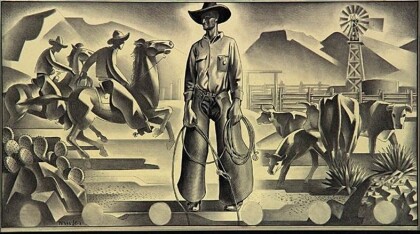
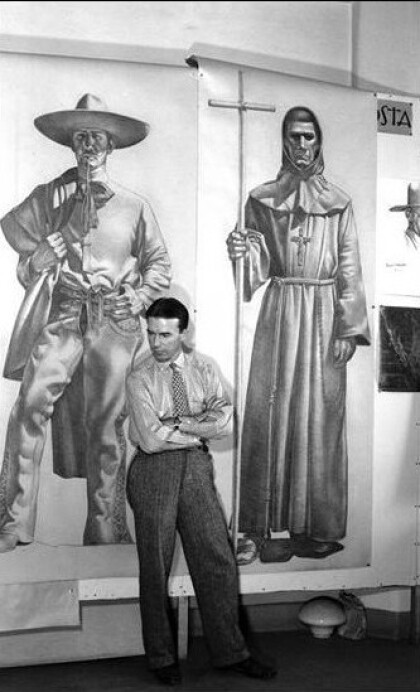
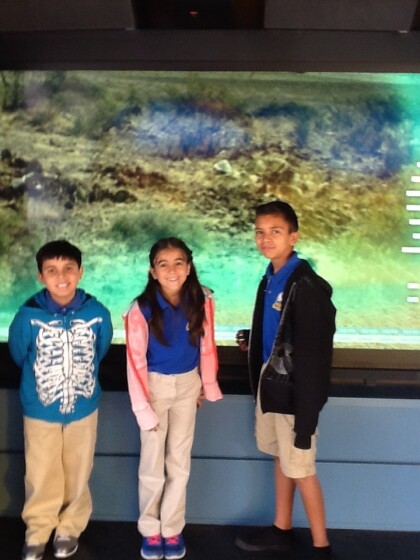


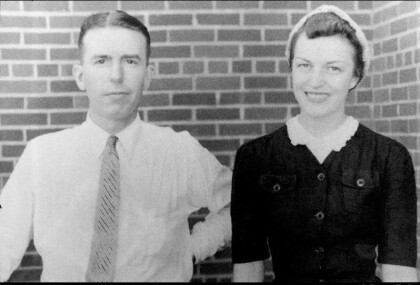
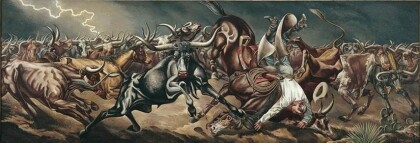
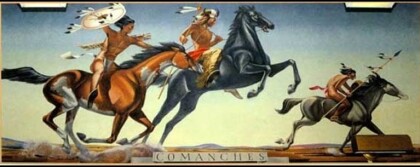


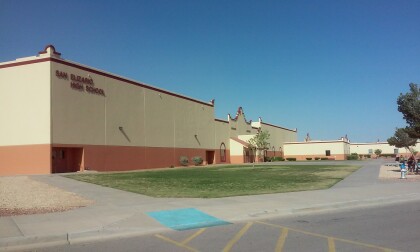
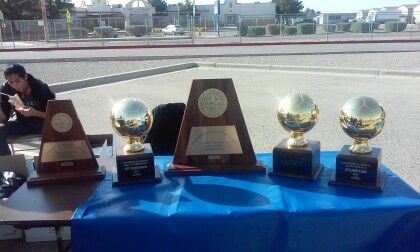

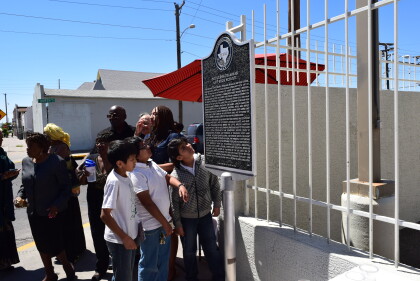
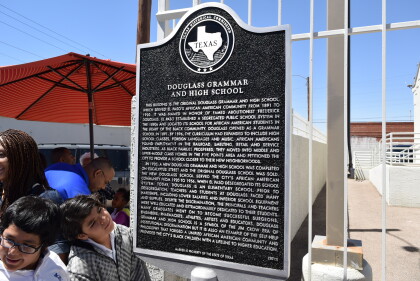
Comments
Add a comment